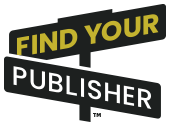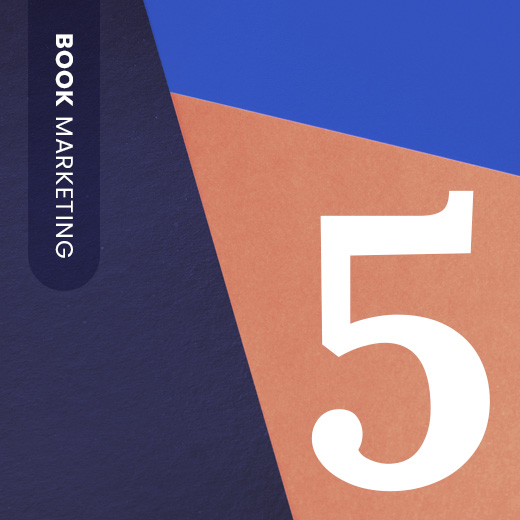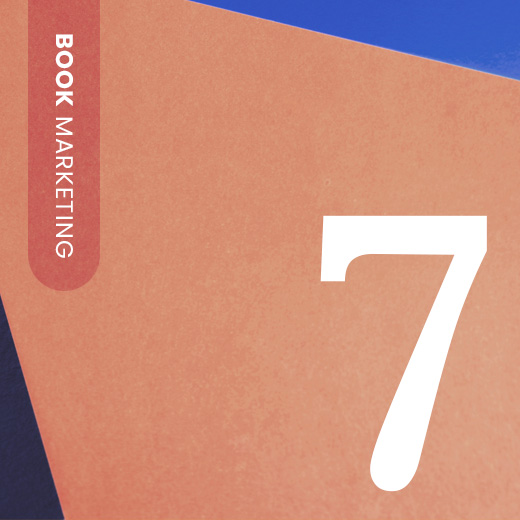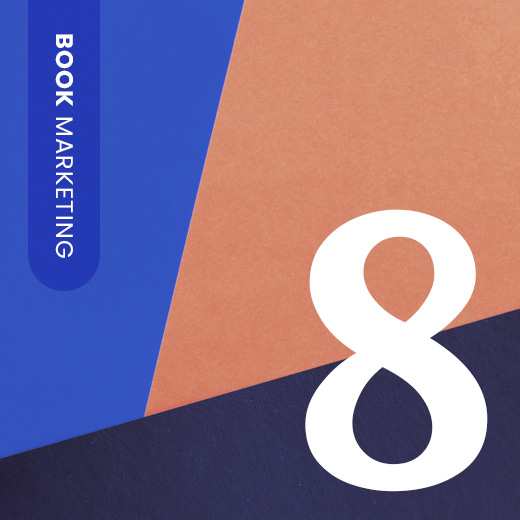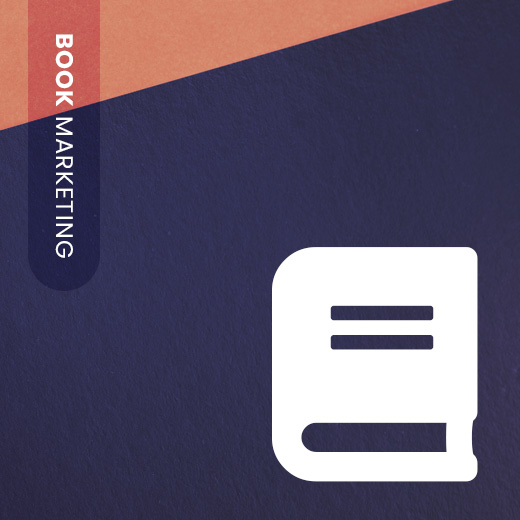Home » Book Marketing » Unlocking Success: The Importance of Publicity and Marketing in Book Promotion
Unlocking Success: The Importance of Publicity and Marketing in Book Promotion
In the world of book publishing, a winning promotional campaign requires both publicity and marketing to work together in harmony. While these terms are often used interchangeably, they play different but complementary roles in promoting a book. Let’s break down the differences between publicity and marketing and why you need both to reach more readers.
What are Publicity and Marketing in Publishing?
Publicity is about getting media coverage for the author and the book. Publicists pitch media outlets like TV, radio, blogs, newspapers and magazines to get interviews, reviews or features for the book. The strength of publicity is that it’s free, which makes it a credible form of promotion. However, publicity can be unpredictable as media outlets don’t have to feature the book.
Marketing is about direct outreach to potential readers through free or paid channels. This can be ads, email campaigns, social media, or events. Marketing gives the author or publisher control over how and when the book is presented, but it can come with a cost. The advantage is guaranteed placement so you can have consistent and targeted messaging.
Publicity versus Marketing
Here’s the breakdown:
Publicity:
- Cost: Free (though hiring a publicist costs money)
- Coverage: Third-party media will spread the word.
- Guarantee: No guarantee of coverage or timing.
- Frequency: One-time opportunity.
- Focus: Author’s story, background or credibility.
- Credibility: Viewed as more trustworthy since it’s free media.
- Lead time: Requires more preparation and scheduling.
- Examples: TV/radio interviews, book reviews, author profiles, and speaking conference appearances.
Marketing:
- Cost: Requires a budget, can range from free or affordable to expensive.
- Coverage: You have control over the message and audience targeting.
- Guarantee: Offers repeated visibility.
- Frequency: Allows for multiple exposures over time.
- Focus: Promotes the book’s features, benefits and appeal.
- Credibility: Perceived as biased but good for brand awareness.
- Lead-time: Can be rolled out quickly, with shorter preparation time.
- Examples: Online ads, in-store promotions, contests, social media campaigns, email marketing, and book launch events.
Publicity and Marketing Together
While publicity and marketing serve different purposes, they work best together. As Lydia Hirt, former Marketing Director Viking and Penguin imprints at Penguin Random House, says, “Marketing and publicity are two oars in the same boat. We work together towards the same goal – getting books to readers.”
Combining both gives you a full court press. Dana Kaye of Kaye Publicity says, “These two forms of book promotion work together, and you can’t have one without the other. You can spend money on ads but without reviews it won’t be as effective. Great press coverage is only part of the equation; readers need to see the book prominently displayed or advertised to remember it.”
Balanced Approach
By using the strengths of both publicity and marketing, authors can have a full promotional strategy. Publicity gets you credibility and interest; marketing gets you consistent and targeted exposure. Together, they create a promotional mix that gives you the best chance of a successful book launch and reader engagement long-term.
In the end, combining media endorsements with targeted marketing gets your book into the hands of readers.

Don't let your manuscript sit idle
start your publishing journey now!
Get matched with a self-publishing company specifically chosen for you and the book you are publishing.
Don’t let your manuscript sit idle – start your publishing journey now!
